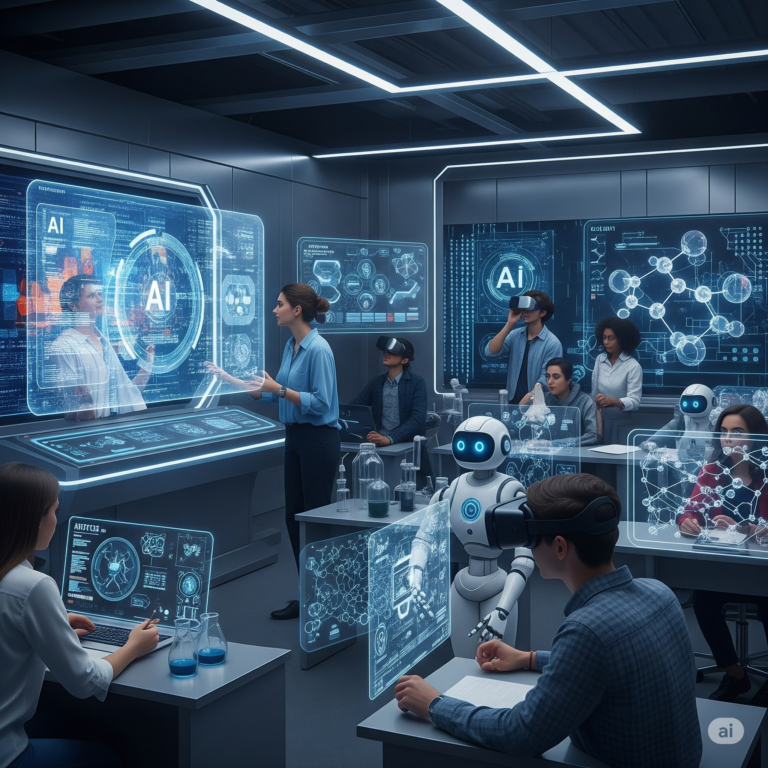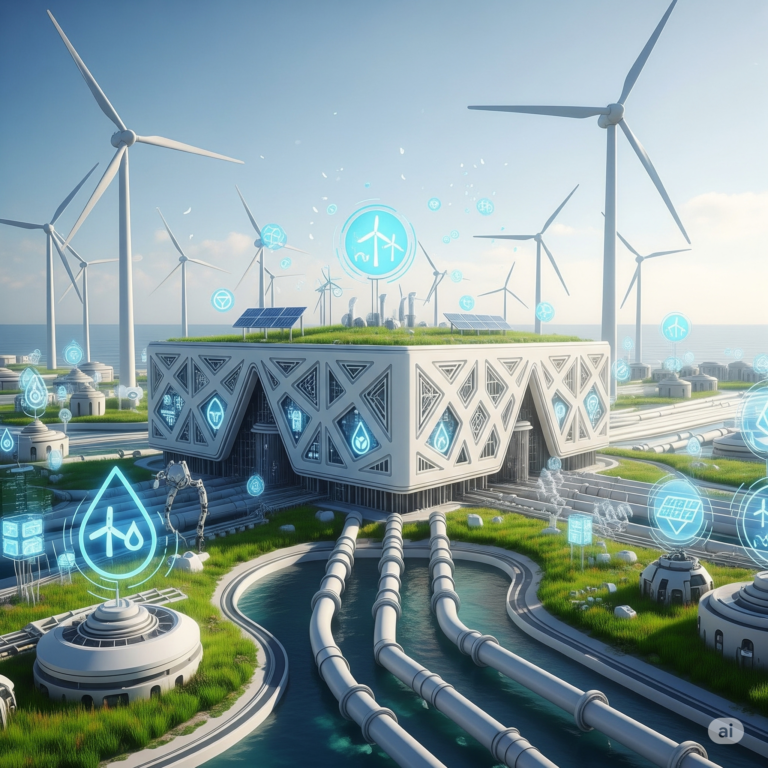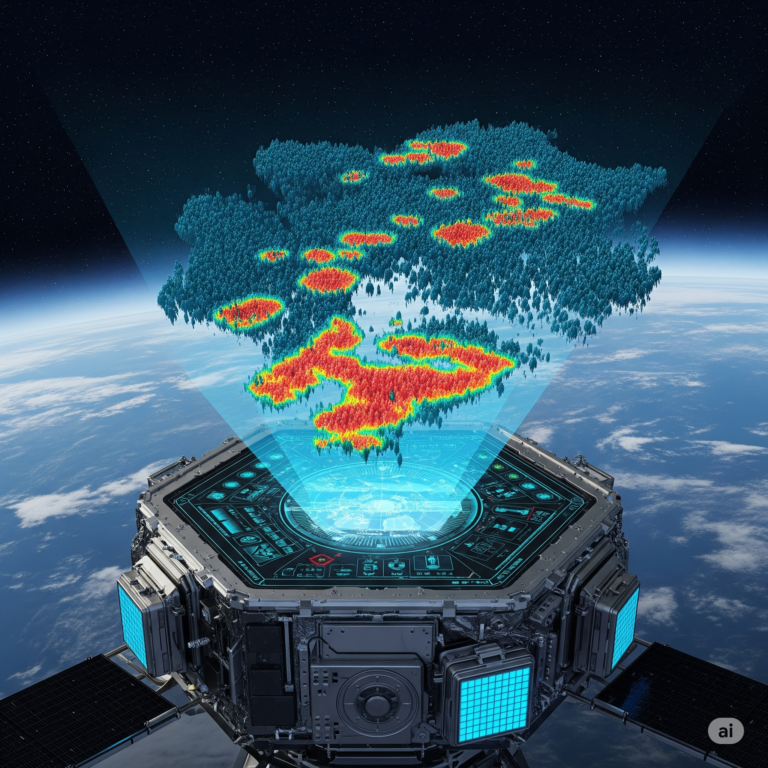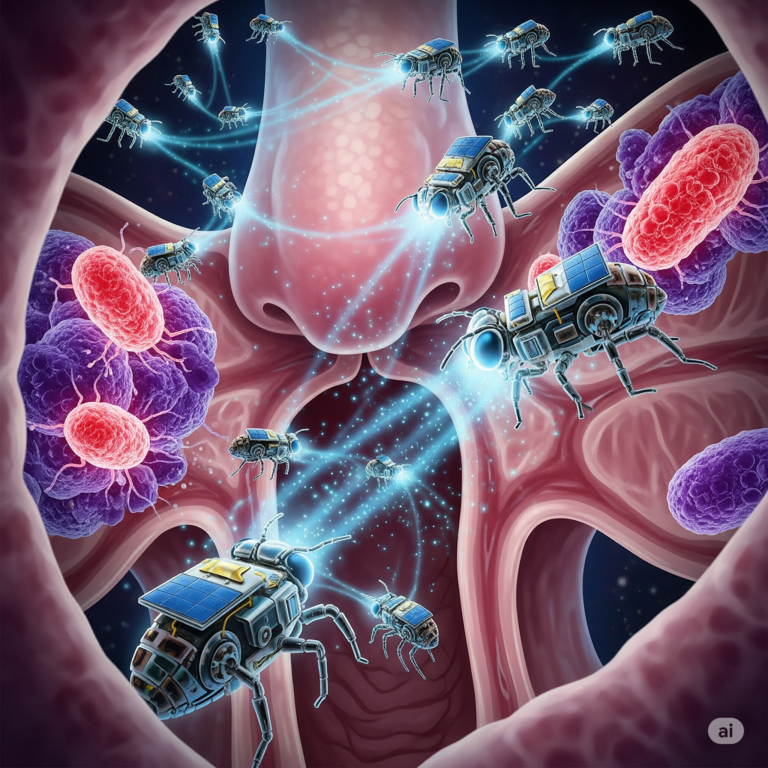Webcomics have surged in popularity over the past decade, transforming from niche content to a mainstream art form enjoyed by millions worldwide. These digital comics, often distributed through online platforms, have allowed creators to reach diverse audiences, bypassing traditional publishing constraints. However, the integration of new technologies is taking the webcomic industry to new heights. One such technology, Generative AI, is poised to revolutionize how comics are created, consumed, and monetized.
In this article, we explore the profound impact of Generative AI on the webcomic industry, examining how AI is transforming comic creation, storytelling, and distribution. Additionally, we look at the challenges and opportunities that arise from this technological shift, as well as the potential future of webcomics in the age of artificial intelligence.
What is Generative AI?
Generative AI refers to algorithms that can create content—whether it be images, music, text, or even video—by learning from large datasets. Rather than just analyzing or recognizing patterns, generative AI models can generate new, previously unseen data based on learned patterns. In the case of webcomics, this could mean creating entire scenes, characters, or dialogue based on minimal input.
The most commonly used types of Generative AI in creative fields include:
- Generative Adversarial Networks (GANs): A model that pits two networks (a generator and a discriminator) against each other to produce realistic outputs.
- Transformers: AI models, like GPT-3, that have been particularly successful in generating text and dialogue.
- Style Transfer Models: AI that can apply the artistic style of one image to another, commonly used for creating comic art in different styles.
With these technologies, creators can automate and enhance parts of the comic creation process, making it faster, cheaper, and more accessible.
The Role of AI in Comic Creation
Traditionally, creating a comic required significant manual effort from artists, writers, and colorists. AI’s ability to generate art and text is not only reducing these workloads but is also making the process more efficient. Let’s dive into how different AI tools are contributing to the webcomic industry.
1. Automated Comic Art Generation
AI-powered platforms are now capable of generating comic-style art from scratch. Artists can provide prompts, and the AI generates the art in various styles. Tools like Artbreeder, Runway ML, and DeepArt are some of the leading platforms where artists can generate realistic, stylized, or even abstract comic art. These tools help webcomic creators overcome the challenge of creating detailed and time-consuming illustrations by generating the basic artwork, which can then be refined and personalized.
AI can also help create in-between frames (known as inbetweens) in animations, simplifying the work for animators or comic artists working on motion comics or animated webcomics.
2. AI-Generated Storylines and Dialogue
AI’s role in comic storytelling is equally significant. Using natural language processing models (NLP), Generative AI can assist in creating storylines, dialogue, and even entire narratives for webcomics. AI can suggest story arcs, characters, and dialogue based on keywords or concepts provided by the creator. This not only speeds up the writing process but also offers an opportunity for new kinds of storytelling.
For example, platforms like GPT-3 have been utilized to create compelling dialogue or even help develop entire comic scripts. By using AI, writers can experiment with various narrative directions, allowing for more dynamic, creative storytelling.
3. Customization and Personalization
Generative AI can also help tailor comics to individual preferences. In webcomics, readers can often choose how a story unfolds, creating a personalized experience. By using AI-driven recommendation engines, creators can offer readers the option to customize their comic experience, suggesting alternative narratives based on their reading history or preferences.
Furthermore, AI can assist in adapting a comic’s art style or storyline to different cultural or regional preferences, expanding the market for global webcomics.
AI in Comic Publishing and Distribution
As AI is advancing in comic creation, it is also changing how comics are published and distributed. Online platforms like Webtoon, Tapas, and ComiXology already host vast collections of webcomics, but AI is now being used to enhance how comics are shared with audiences.
1. AI-Driven Personalization
AI algorithms can analyze the behavior and preferences of webcomic readers and offer personalized content suggestions, increasing engagement. This allows readers to discover new comics based on their tastes and even predict the type of content they might enjoy in the future. For creators, this means better exposure and the ability to reach new, targeted audiences without needing a traditional publisher or middleman.
2. Optimizing Monetization
Webcomic creators often struggle to monetize their content effectively. However, AI is helping improve monetization strategies in several ways:
- Ad Targeting: AI can help creators optimize advertisements within their comics by targeting specific audiences who are more likely to engage with the ads.
- Content Subscription Models: AI can optimize the user experience on subscription platforms, offering tailored subscription packages that best fit a reader’s behavior, increasing conversion rates for creators.
- Crowdfunding and Fan Engagement: Platforms are using AI to help creators with funding campaigns by identifying potential patrons and assisting with campaign strategies.
The Benefits of Generative AI for Webcomic Creators
Generative AI presents a wide array of benefits to both seasoned comic artists and newcomers:
- Efficiency and Speed: AI tools can generate art, dialogue, and even entire comic chapters in a fraction of the time it would take traditional methods. This allows creators to focus more on refining their work and less on repetitive tasks.
- Cost Reduction: Many artists and creators struggle with the costs associated with hiring additional artists or collaborators. With AI, one person can generate full comic pages without needing to outsource.
- Increased Accessibility: Aspiring comic creators who lack formal training or access to expensive software can use AI to create professional-quality work, opening up the field to more diverse voices and perspectives.
- Creative Exploration: AI can suggest unique artistic styles, narrative structures, and character designs, enabling creators to experiment and push the boundaries of their work.
Challenges and Ethical Considerations
While the integration of Generative AI into the webcomic industry holds immense promise, it also raises several challenges:
- Quality Control: AI-generated content still requires human oversight to ensure that the final product maintains the quality and authenticity that readers expect from professional comics.
- Loss of Jobs: The widespread use of AI may lead to concerns over job displacement in the comic industry, especially for artists and writers.
- AI-Generated Copyright Issues: As AI becomes more involved in creative processes, questions arise over who owns the rights to AI-generated content. Should creators have ownership over AI-generated art or should AI models themselves hold intellectual property rights?
- Ethical Storytelling: AI is capable of creating content based on algorithms, but does this remove the nuance, empathy, and cultural understanding that human writers bring to the table? The ethical implications of AI-driven storytelling in webcomics require careful consideration.
The Future of Webcomics and Generative AI
Looking forward, the future of webcomics will likely be defined by collaboration between human creators and AI tools. AI is not here to replace artists and writers but to complement their abilities. By automating repetitive tasks, offering new creative possibilities, and making content creation more accessible, AI will allow creators to produce webcomics that were once unimaginable.
Moreover, with continued advancements in AI, we may see even more integration of interactivity, where webcomic readers can influence the outcome of stories in real-time, further enhancing engagement and immersion.
Conclusion: Embracing AI for a New Era of Webcomics
Generative AI is already having a transformative impact on the webcomic industry, making it more efficient, diverse, and accessible. While challenges remain, the benefits of AI-driven creativity are undeniable, offering both creators and readers a new and exciting way to engage with comics. As AI technology continues to evolve, we can expect to see even more innovative ways in which this technology reshapes the landscape of digital storytelling.
Author’s Note:
From enhancing artistic abilities to helping creators explore new narratives, AI opens new possibilities for storytelling and artwork. While there are still questions to address regarding ethical considerations and the role of human creators, there’s no denying that the future of webcomics looks brighter than ever with AI’s assistance.









+ There are no comments
Add yours